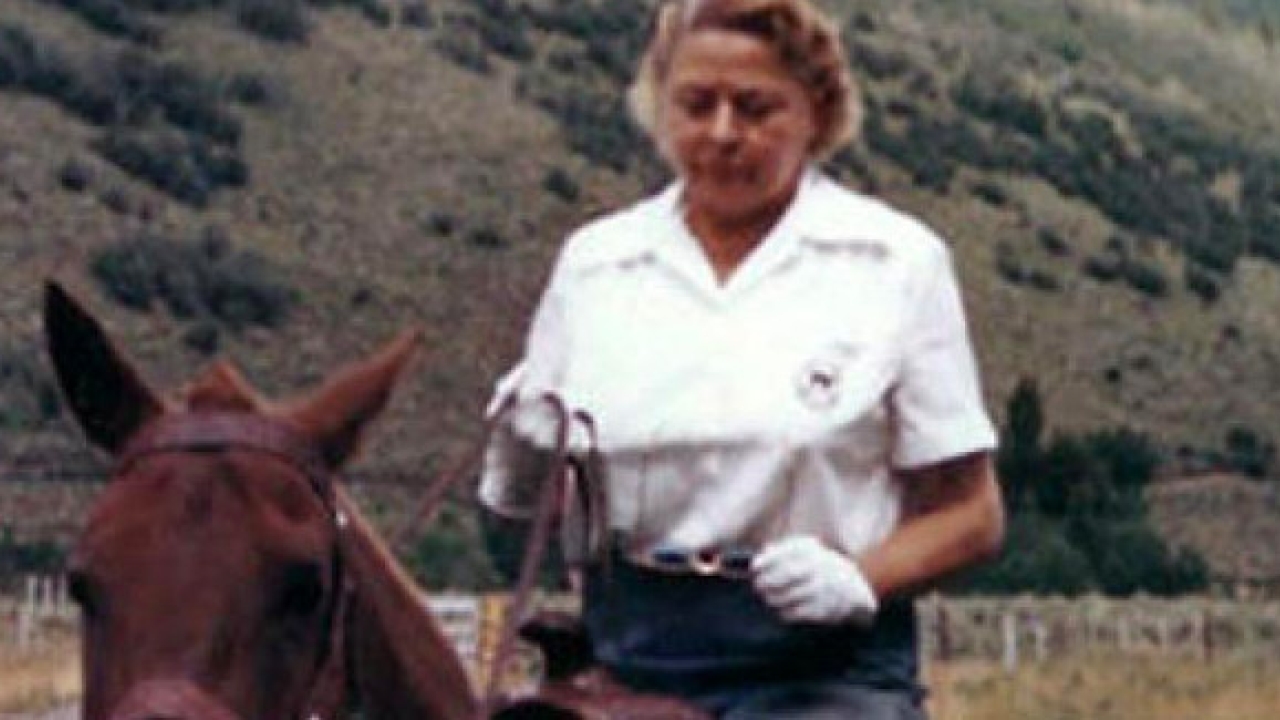
Hands on help for animals
Throughout Bernice Barbour’s entire life, she devoted her energy and resources toward making the lives of animals happier and healthier. Animals and their well-being were of such importance to her that she created the Bernice Barbour Foundation, Inc. to continue her life's work even after her passing.
In following Barbour’s mantra, “hands-on care for animals,” the foundation supports scientific research to benefit animals. Concerned about the increasing threat of communicable diseases to animals world-wide, the foundation has been a long-term supporter of the UC Davis School of Veterinary Medicine, including establishing the Bernice Barbour Communicable Disease Laboratory. The laboratory takes a multi-disciplinary approach to studying infectious microorganisms in horses—the species second only to humans in the speed in which disease travels. It is also building an international network of collaborating scientists and laboratories that will aid and promote the implementation of disease prevention strategies on a global basis.
“The Bernice Barbour Foundation’s remarkable support has enabled us to better understand several horse diseases, particularly the potential anthropogenic and environmental drivers of insect transmitted viral diseases like African horse sickness, and develop innovative diagnostic techniques and equine vaccines,” said Dr. Jim MacLachlan, the laboratory’s principal investigator. “Most significantly, this research can help us predict why and when we should expect outbreaks of certain viral diseases, and how we can most effectively respond to minimize the severity of the outbreaks and maximize animal welfare.”
“The Bernice Barbour Foundation has a great interest in scientific research to benefit animals, and the outstanding faculty researchers at the UC Davis School of Veterinary Medicine are continuously producing excellent results in their areas of investigation,” said Eve Thompson, president of the foundation. “We are delighted with the breakthrough virus identification research results achieved at the Bernice Barbour Communicable Disease laboratory, and hope even more can be identified.”
